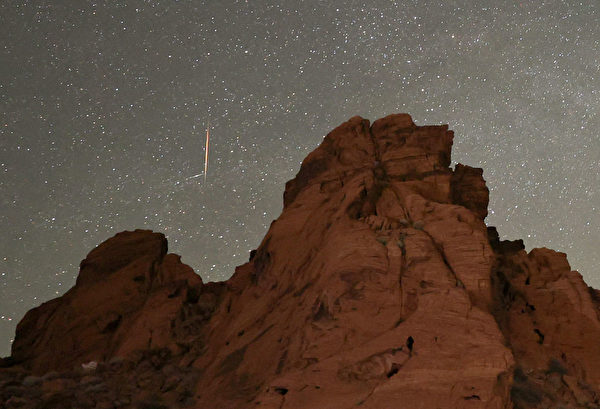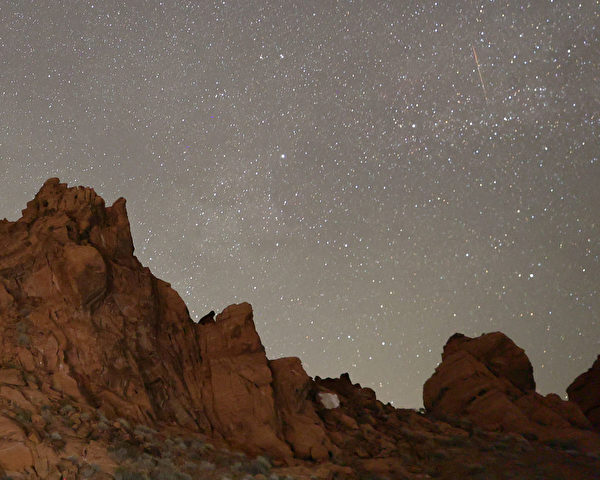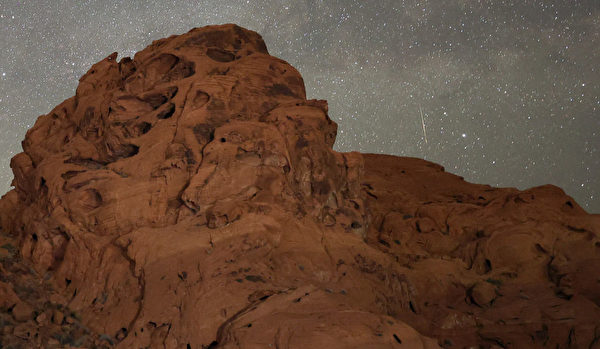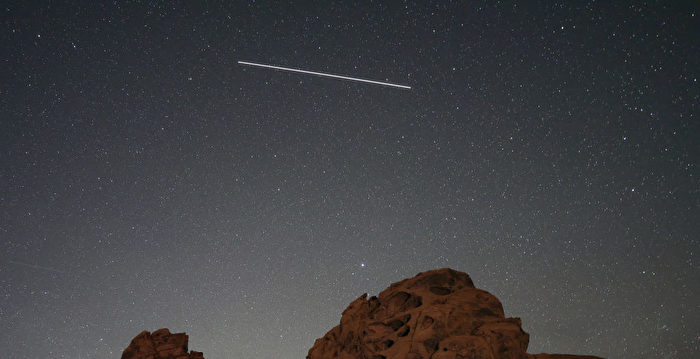[Epoch Times, June 1, 2022](Epoch Times reporter Xia Yu comprehensive report) NASA published an article saying that from the evening of May 30 to the early morning of May 31, the earth passed through the debris trail of a broken comet, A rare and new Tau Herculids meteor shower has staged the North American night sky.
The meteor shower peaked around 1 a.m. ET on Tuesday (May 31), with 10 to 25 meteors falling from the night sky every hour, according to EarthSky.com, which describes the shower as “decent.”
New meteor showers like this are relatively rare. NASA previously described the meteor shower as an “all-or-nothing event.”

The comet, officially known as Comet 73P/Schwassmann-Wachmann, or SW3, was created in 1930 by German observers Arnold Schwassmann and Arnold Arthur Wachmann Arno Arthur Wachman found that the comet orbits the sun in 5.4 years.
But because the comet’s movements were so faint, NASA said it wasn’t discovered again by astronomers until the late 1970s, and in the 1990s the comet broke into several pieces.


In 1995, astronomers suddenly realized that the comet had increased in brightness by about 600 times, and has since remained visible to the naked eye.
By the time SW3 passed Earth again in 2006, it had nearly 70 fragments and has continued to fragment further since then, the NASA statement said. “By the time SW3 visits Earth again this year, the debris will enter Earth’s atmosphere very slowly (about 10 mph) – meaning the meteor shower will be less bright than Eta Aquarids.”

Nine more meteor showers are expected to peak in 2022:
Southern delta Aquariids: July 29-30
Alpha Capricornids: July 30-31
Perseid meteor shower: August 11-12
Orionids meteor shower: October 20-21
Southern Taurids: November 4-5
Northern Taurids: November 11-12
Leonids: November 17-18
Geminids meteor shower: December 13-14
Ursids: December 21-22

To watch the meteor shower, it’s best to find a place with a good view and make sure you have a chair or blanket. Give your eyes about 20 to 30 minutes—without looking at your phone or other electronic devices—to adjust to the dark, so the meteor will be easier to spot.
Responsible editor: Li Huanyu#
